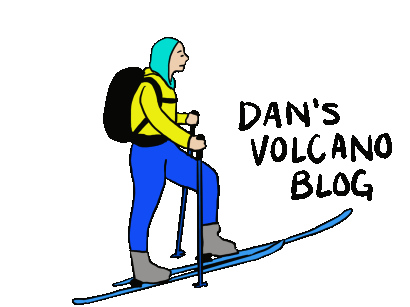Mount Bachelor
Mount Bachelor is the only cascade volcano with a ski lift going straight to the summit. A dormant stratovolcano, Bachelor actually sits on top of a shield volcano which has a number of cinder cones in the area. Bachelor last erupted sometime around 10,000 years ago in a series of lava flows but there is no summit crater. Of note is that much of the surface of Bachelor (and nearby volcanoes) is actually ash from the explosion of Mt Mazama which formed modern day Crater Lake.
Continue readingMount Bachelor